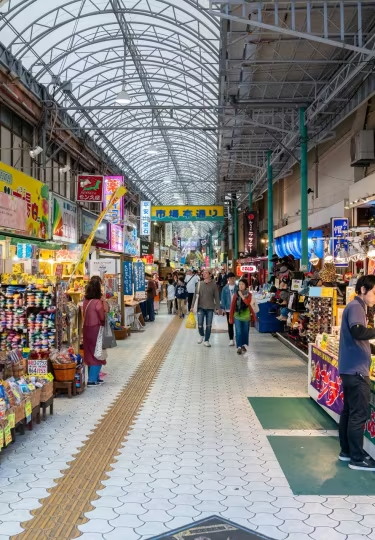As one of the world’s most popular tourist destinations, Japan has an array of delicious foods, intricate handicrafts, and local arts that are craved by modern-day travelers all over the world. Some of the best things to buy in Japan are items that remain steeped in tradition but have been updated for everyday use, such as chopsticks, tea sets, and silk hand fans.
The best Japanese souvenirs will vary from person to person, but there are a few items the country is known for that make for perfect gifts for friends and family back home. You’ll find souvenir stands outside of most temples, while major cities like Kyoto and Tokyo have streets known for their excellent shopping and crafts, like the Higashiyama District and Togoshi Ginza, respectively.
If you’re on the hunt for the very best places to buy gifts in Japan, read our round-up of the best Japan souvenirs and where to find them.
Matcha
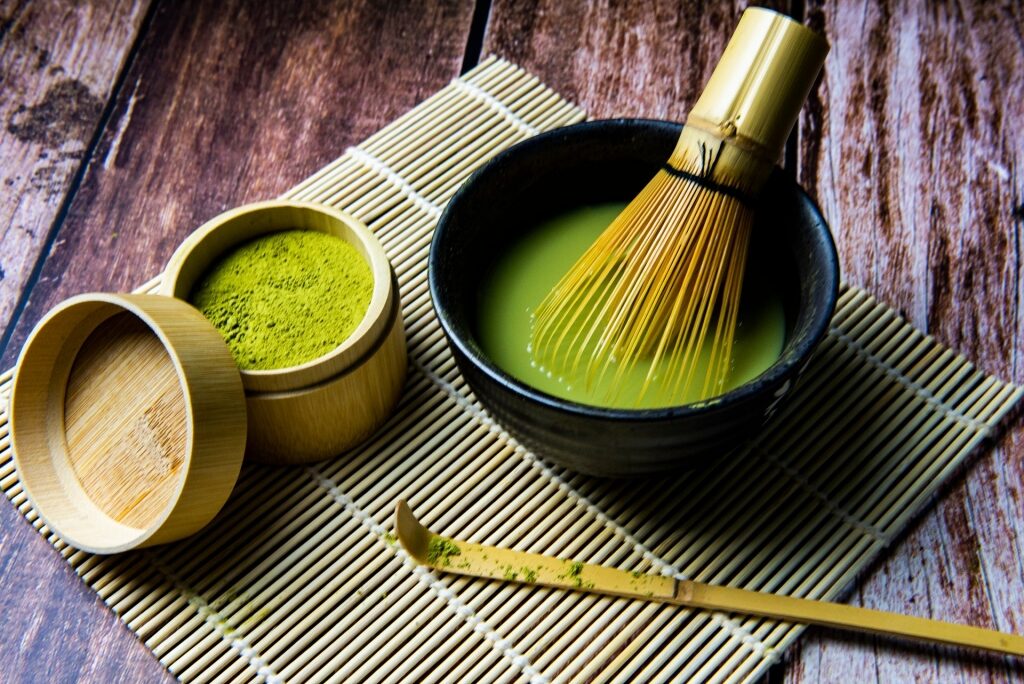
Matcha
Derived from green tea leaves and high in antioxidants, matcha is known for its great health benefits. Even if you’ve never tried it before, it’s worth picking up a small bag while you’re in Japan, as the matcha here is the most flavorful and artfully crafted on earth.
If you’re looking for gifts for family and friends back home, matcha is one of the best things to buy in Japan since small bags of this powdery green tea are affordable and easy to pack.
Most gift stores in Japan will sell matcha, but if you have the opportunity, buy it from a store specializing in tea. Try Kyokkaen (the oldest tea shop in the city of Nara) near the Japanese cities of Kyoto and Osaka , or head to Tokyo’s Chanoha Green Tea House, which specializes in full-flavored matcha and offers taste testing on-site to help you find your perfect flavor.
Read: The Ultimate Guide to Tokyo’s Neighborhoods & Districts
Yukata / Kimono
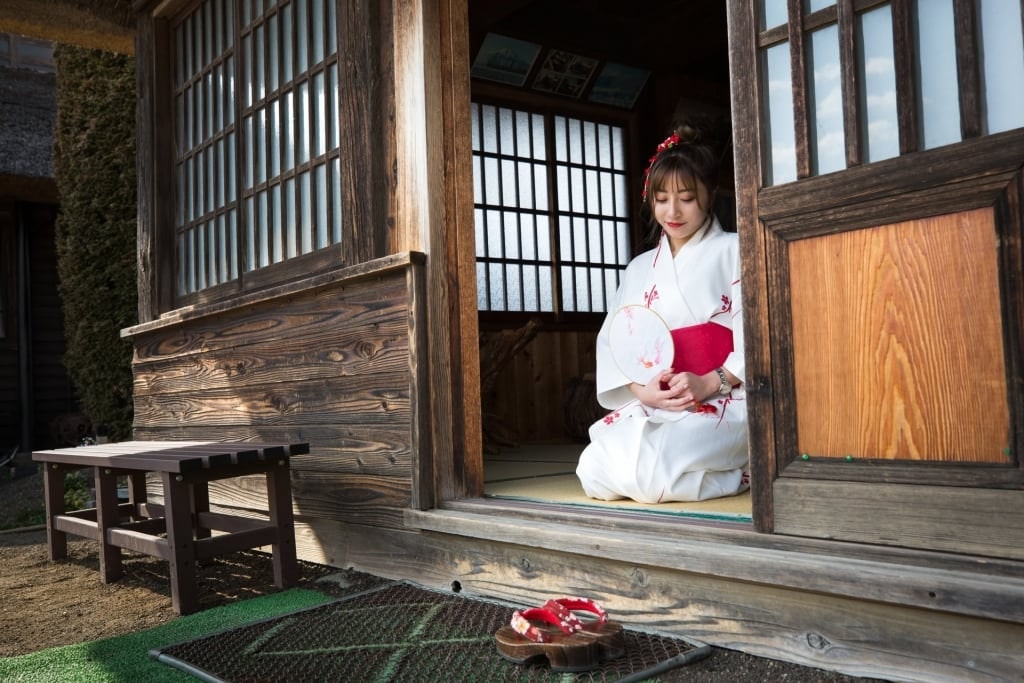
Kyoto
Traditionally, kimonos were worn only for special ceremonies like weddings or political events and were typically made with thick, heavy fabrics, like hand-stitched linen or multiple layers of embroidered silk.
Today, many stores sell more affordable and casual kimono versions made for everyday use called yukatas, which tend to be lighter and made from simple fabrics like cotton and printed silk.
Wearing one as a bathrobe or while lounging around the house is now commonplace, though you’ll still see people wearing the costly, heavy, and hand-sewn versions at formal events like weddings.
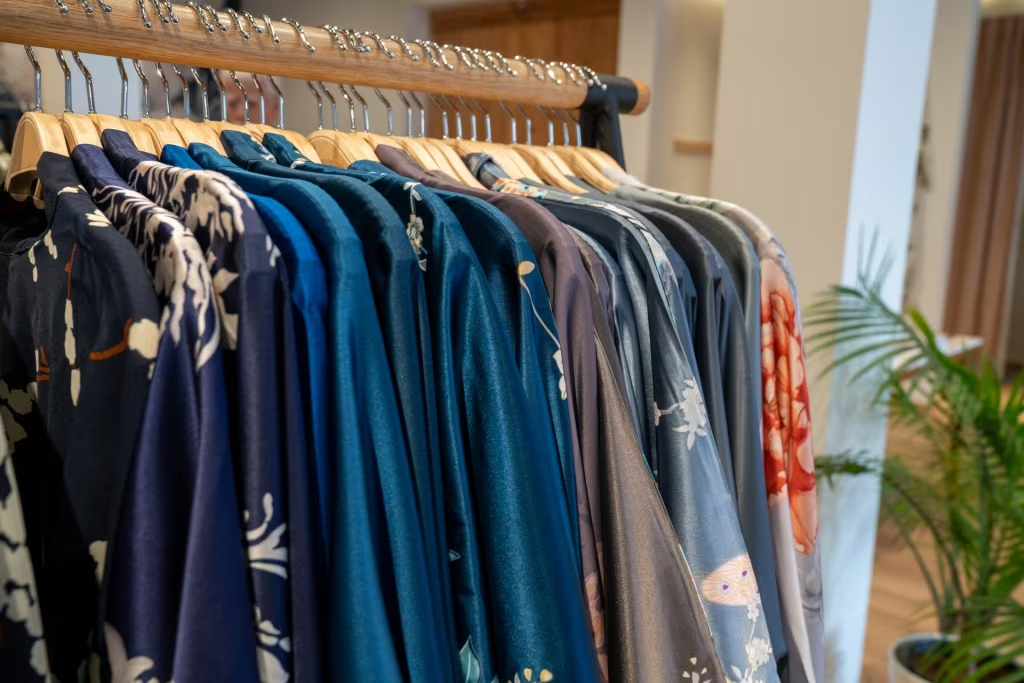
Kimono
You’ll find no shortage of stores selling yukatas around the country, but if you want an authentic kimono, you’ll need to go to a high-end atelier or fabric store since they’re almost always made-to-order.
In Kyoto, you’ll find the best kimonos in stores near the Higashiyama District, near Kiyomizu Temple. They can take anywhere from a few weeks to a couple of months to make, depending on the store and the number of orders. If you choose to go down the made-to-order route, you’ll get measured and fitted at a store, and then wait for your kimono to be produced and shipped to your home.
For a high-quality yukata, stop by the district’s Antique Kimono Yaya store or Yume Kyoto Kodaiji Shop. Both sell yukatas, though they also rent kimonos for a photoshoot, in case you’re not ready to commit to a custom piece.
Ramen
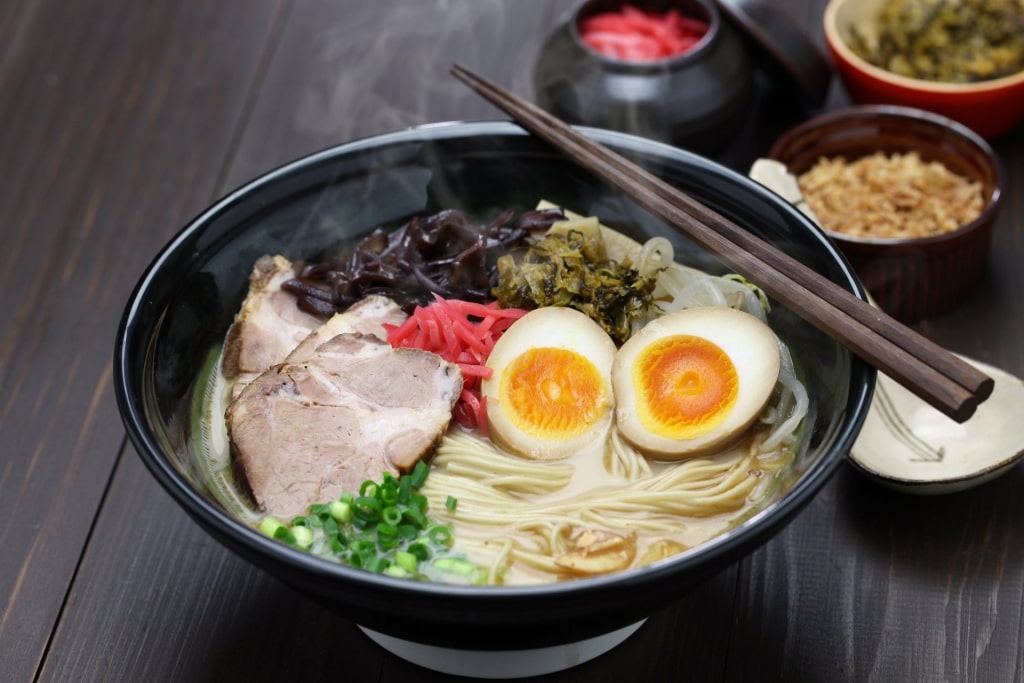
Ramen
Ramen is one of the country’s specialty foods and comes in thousands of different versions. Tonkatsu ramen from a roadside vendor will likely be quite different from a rich miso ramen from a five-star Japanese-American fusion restaurant.
To get the complete ramen experience, you’ll need to try a few different types. Sample fast-food ramen at a Ramen-ya (ramen restaurant), which are usually located inside Tokyo’s department stores.
If you’re on the northern island, near Hakodate, expect the ramen to be thicker and heartier, likely in response to the island’s cold, snowy winters. Ramen varies from city to city and region to region, so try and order it several times to find your favorite variety.
Sake
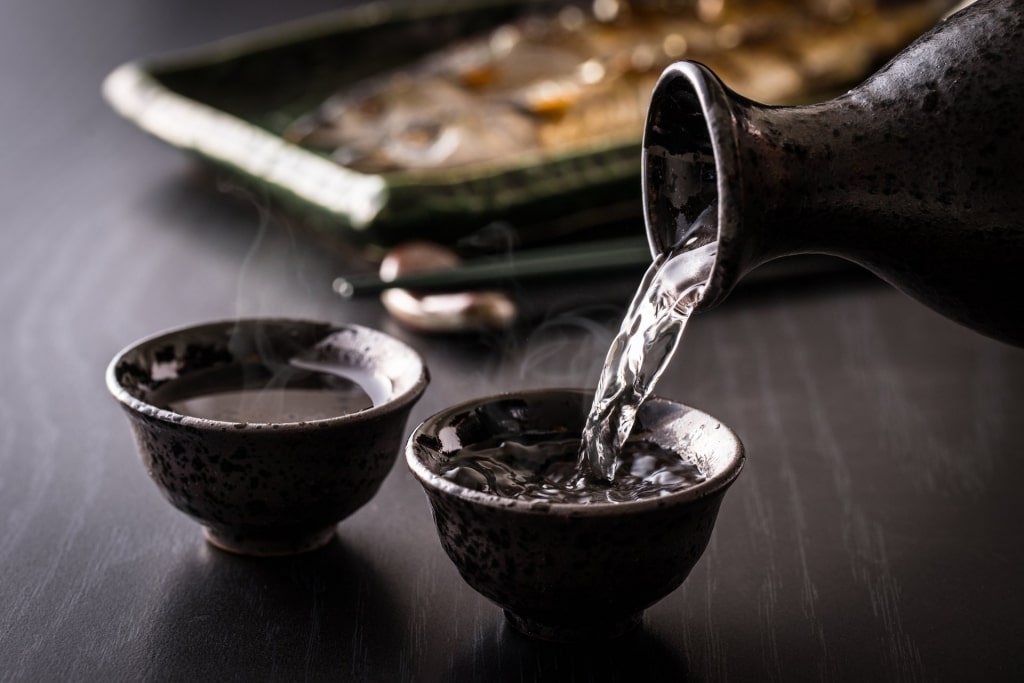
Sake
What pairs better with ramen than a sip of sake? Sake is one of Japan’s oldest products, first brewed in Japan in the 700s B.C.E. Now, it’s one of the best Japanese souvenirs to elicit memories of your trip months or years down the road.
Sake is generally divided into three types: junmai, the most affordable and easiest to produce; ginjo, which is slightly more refined and tends to be fruitier; and daiginjo, the most expensive and labor-intensive version.
Japan’s Napa Prefecture is known within the country for its high-end sake, though the area around Kobe has the highest concentration of sake breweries and offers the most variety.
In Osaka, you’ll find options for sake-tasting tours, or you can visit breweries on your own. Shushinkan Brewery in Kobe offers free tours and sells some of the best Japanese souvenirs in their large store, including house-made sake.
You can also swing by the Hakutsuru Sake Brewery Museum to learn how to make sake and buy one of their small bottles—one of the absolute must-buy things in Japan—at its on-site store and tasting room.
Chopsticks
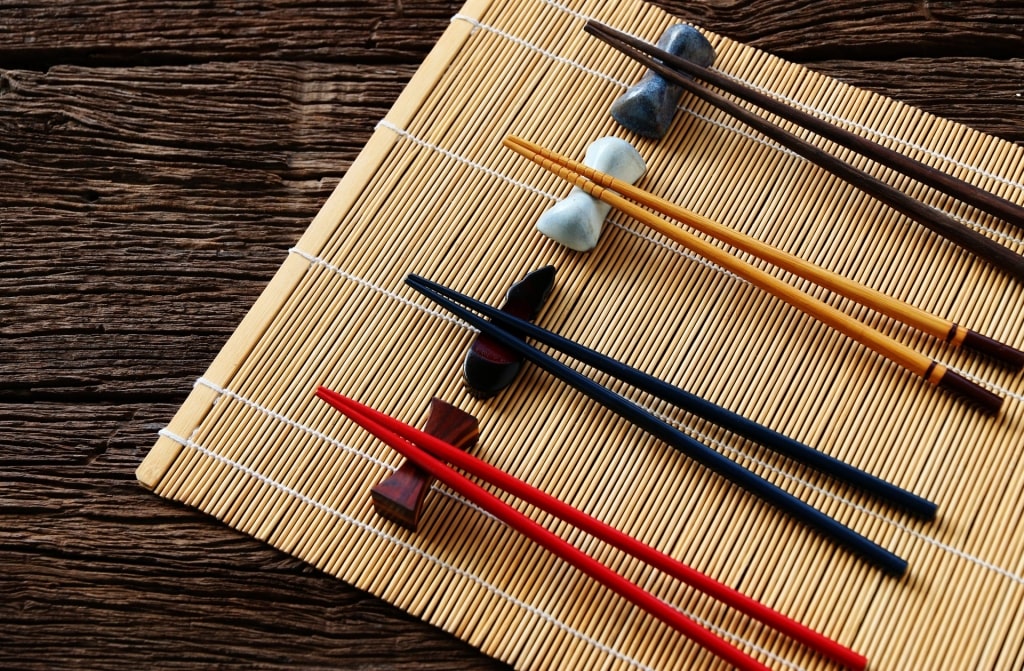
Chopsticks
Chopsticks are one of the easiest and best things to buy in Japan, both for yourself and co-workers and friends back home. Much like people have different sets of silverware for formal or casual occasions, the Japanese have several different pairs of chopsticks.
There may be a formal, hand-painted, or gilded pair for holidays and special meals, as well as simple solid-color pairs for everyday use. Some chopsticks are custom-made for specific people or used with only certain types of food.
You’ll find chopsticks at every souvenir store in the country, but if you’re looking for a special set, visit Nihonbo Chopstick Store in Tokyo. They carry everyday and formal pairs, as well as ceramic dishes to rest the chopsticks in between bites.
Chopsticks are some of the best Japanese souvenirs to buy if you’re tight on luggage space but still want a useful reminder of your time in the country.
Read: What to Eat in Japan
Sensu Fans
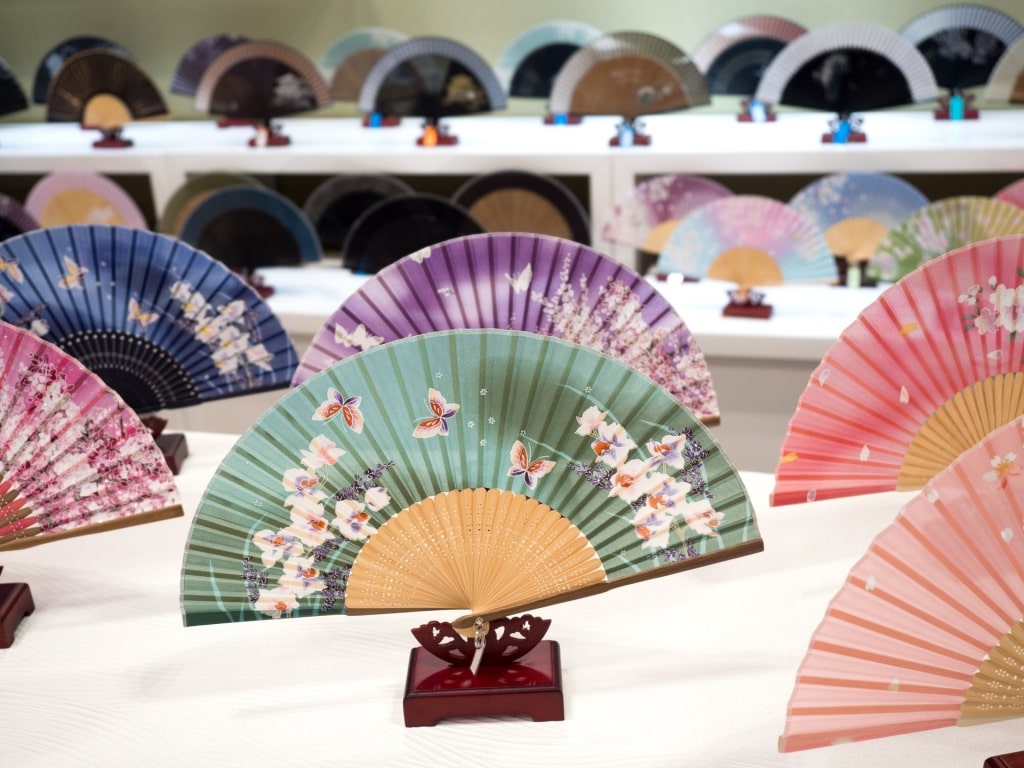
Sensu fans
A sensu fan is another excellent option for travelers with tight luggage space. This traditional fan was used by performing geishas in the 18th and 19th centuries. The handheld folding fans make excellent display items in your home, especially the hand-painted ones depicting traditional Japanese flora and fauna.
Some fans are made to cool yourself off, but others are intended to be used in dance or as decoration during weddings and important events.
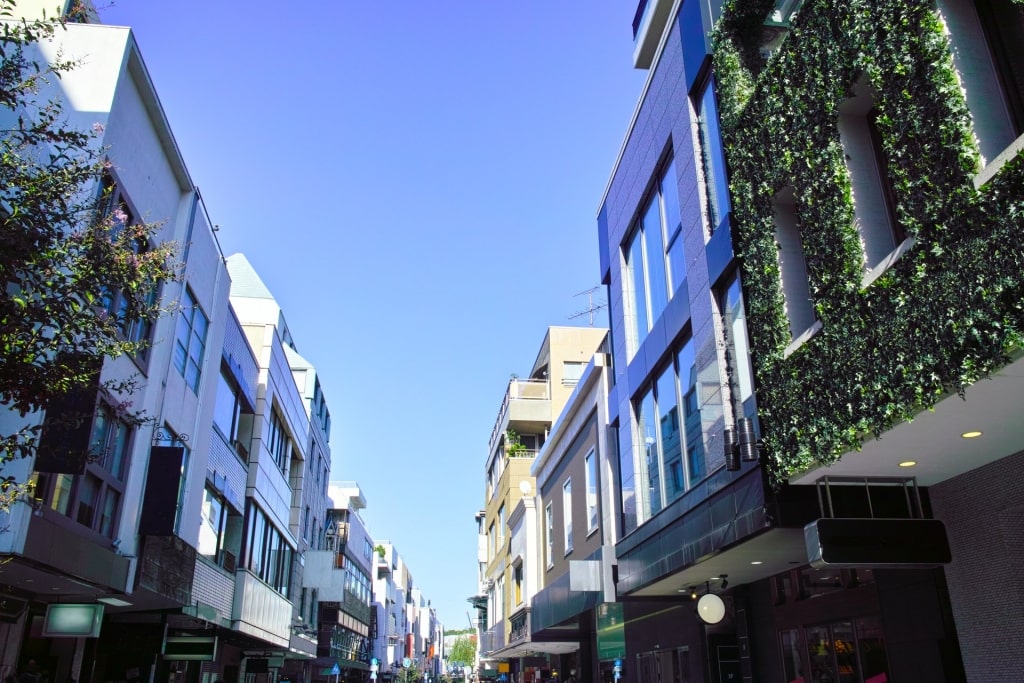
Motomachi Street, Yokohama
Like chopsticks, you’ll be able to find sensu anywhere in Japan. Well-known shopping streets, like Motomachi Street in Yokohama or Harimayabashi Street in Kochi, should have plenty of options.
If you want a Kyo-Sensu fan, the type regarded as the highest quality in Japan, you’ll need to shop in Kyoto since Kyo-Sensu fans must be made in this particular city with local materials. They’re usually made with wood and silk and cost more than factory-produced fans but are worth the extra cost if you appreciate the craftsmanship and traditional techniques.
Hakuchi Kudo stores are known for selling the highest quality fans. There’s one near Yasaka Tower and another inside Teramachi-dori, a popular shopping area in Kyoto.
Read: Two Days in Kyoto
In Tokyo, try Sensu Senmonten Manyo, which specializes in fans made from prefectures across the country. To buy a fan in Osaka, walk down Shinsaibashi Street, one of the oldest shopping streets in the city, which has a great mix of stores selling affordable souvenirs and specialty shops with artisan-made goods.
Maneki Neko
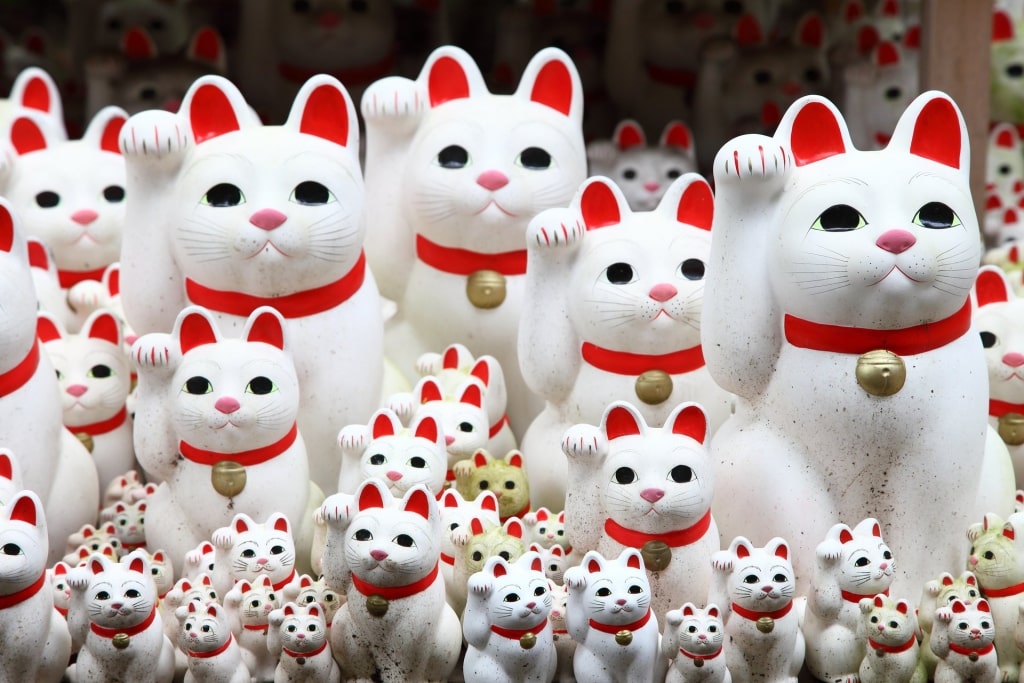
Maneki Neko
If there’s one souvenir you’ll see everywhere you turn in Japan, it’s the maneki neko. These small cat figurines are found in stores, temples, restaurants, and even convenience stores.
At around five dollars, they’re usually one of the most affordable things to buy in the country and they’re one of the best Japanese souvenirs if you want a lighthearted gift for a fun-loving friend back home.
Of course, maneki neko do have a purpose: they’re a sign of good luck and bring good fortune to their owners. A good spot in Japan to look for the waving cats is in Yokohama at the Red Brick Warehouse, a historic building packed with stores with traditional Japanese gifts. The building also houses several restaurants and a quirky shop selling those plastic fake food items you’ll notice in cafe windows across the country.
Tea Set
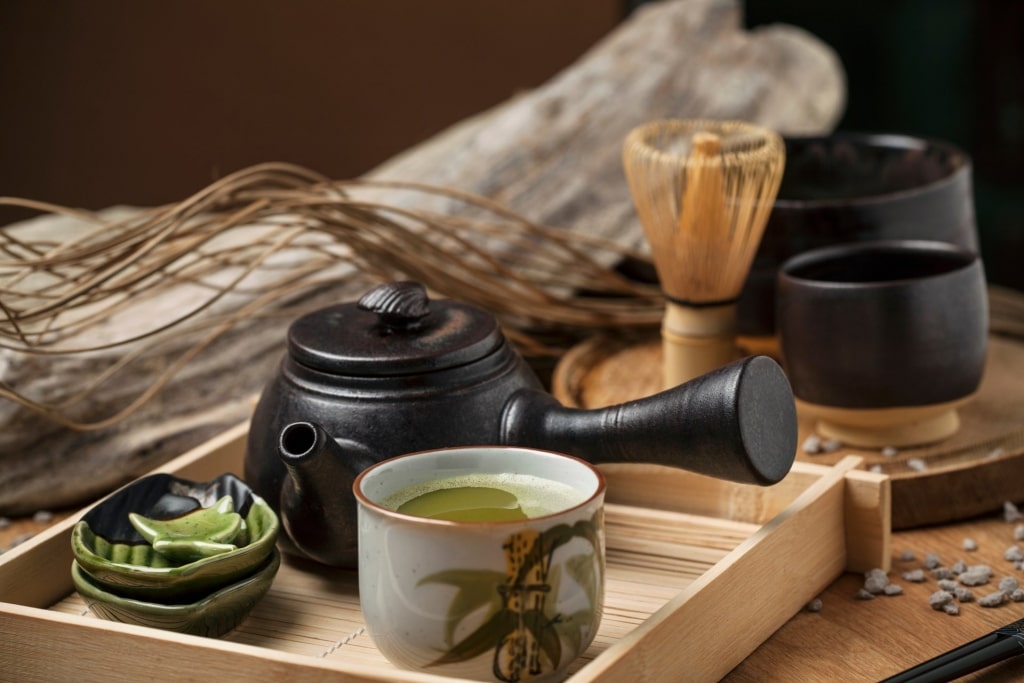
Tea set
Tea is an art in Japan. Here, traditional tea ceremonies are intricate and complicated and require many detailed steps to execute them in a historically accurate and elegant way. Students study for years to master the art of the tea ceremony.
While a first-time visitor to Japan is unlikely to know the ins and outs of tea culture, you should try to buy some of the proper tools for pouring tea.
Kyoto is considered the birthplace of tea in Japan and was home to the first tea trees in the country, making it the perfect place to buy a traditional Japanese tea set. Sets usually include a kettle, four or five teacups, teacup plates, and a strainer.
Read: What Is Japan Known for?
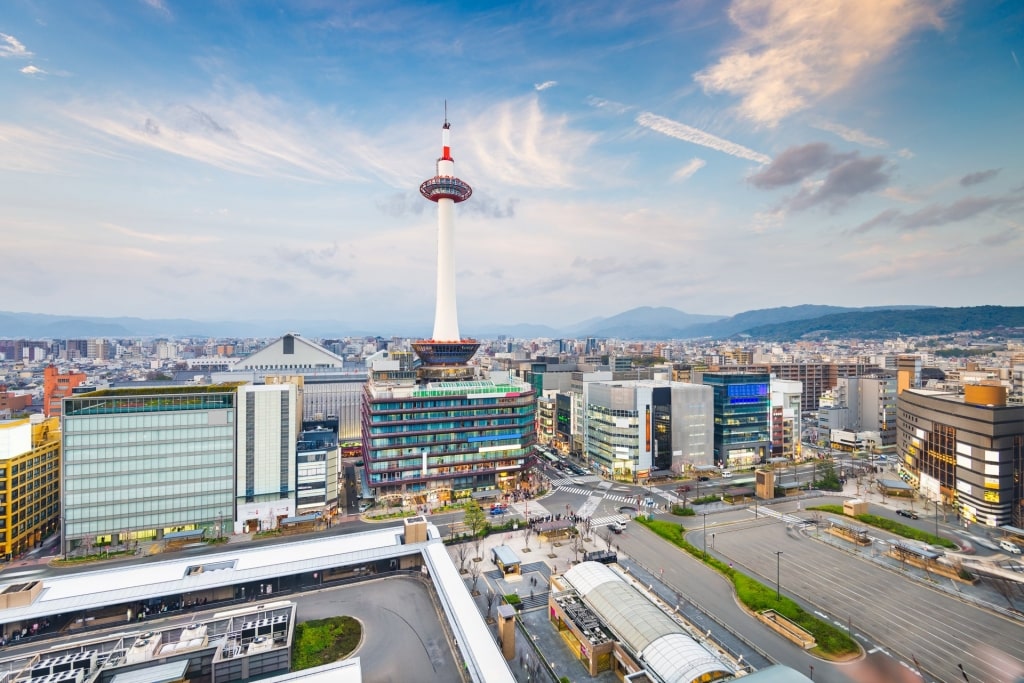
Downtown Kyoto
Downtown Kyoto has several fantastic places where to buy a tea set, including the Fukujuen Kyoto Flagship Store (which sells high-end tea sets and rare teas) and Gion Tsujiri, which has lovely packaged teas and tea sets, as well as tea-flavored ice cream.
If you’re near Osaka, just outside Kyoto, you should head to one of the best tea shops in the country: Tea House Okitaken. This 150-year-old shop is tiny, but the owners are knowledgeable about all things tea.
You can choose from hundreds of bagged or loose-leaf teas or take part in an on-site traditional tea ceremony. It’s a mom-and-pop-style store and one of Osaka’s best-kept shopping secrets.
Read: Best Things to Eat in Kyoto
Handmade Ceramics
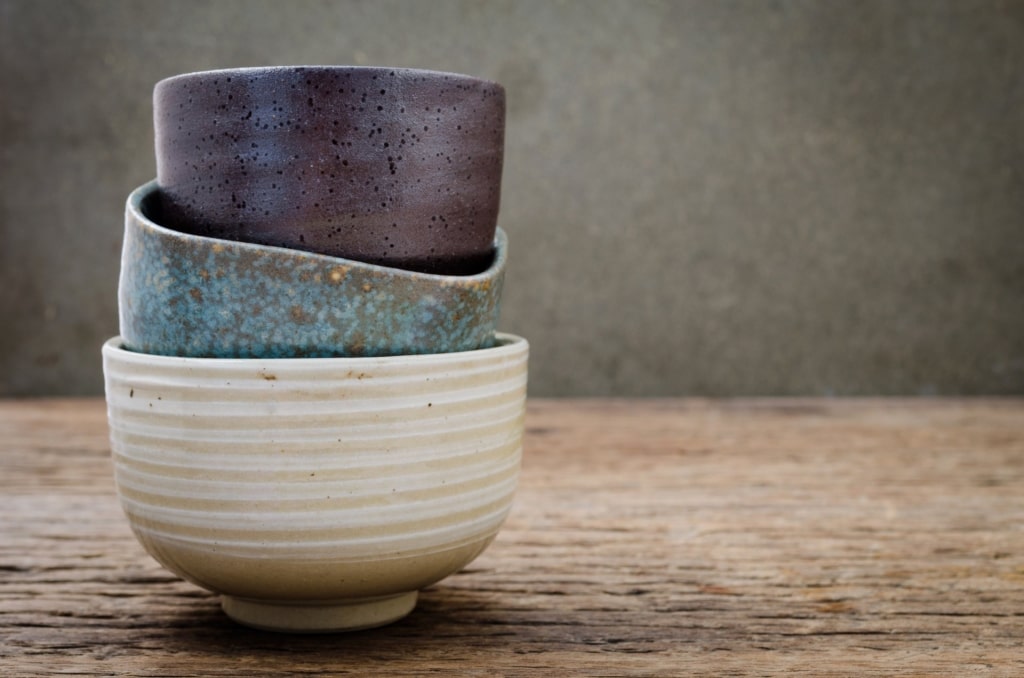
Handmade ceramic bowls
If you appreciate the craftsmanship of tea sets but aren’t a big tea drinker, you’ll be happy to know that Japanese ceramics go far beyond kettles and cups. One of the best things to buy in Japan as a quality souvenir is a piece of skillfully made Japanese ceramic pottery. Choose from plates, vases, tiles, sushi sets, and hand-painted ceramics; all common items in Japanese homes and standard in Japanese stores, too.
Ceramic art is such a well-honed craft that many cities throughout the country are known for their ceramics artisans, like the towns of Mashiko and Seto. (Since these towns are hard to reach, your best bet is to buy imported items at stores in larger cities.)
If you’re in Kochi, the department stores along Harimayabashi Street have large ceramic and pottery sections. While for heirloom pieces, try Oyane Shop Gallery & Cafe just outside Nagasaki, which is almost as much a museum as a store.
Read: Best Things to Do in Nagasaki
Dried Foods and Toppings
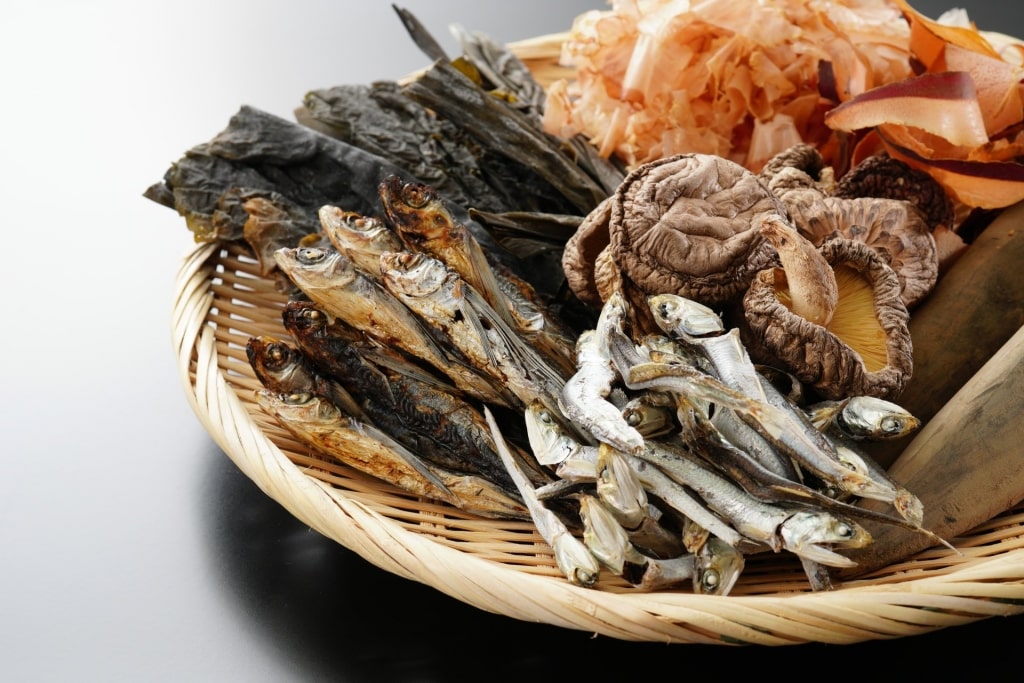
Dried foods
Food is a huge part of any culture and Japan is no exception. Though it’s mostly known for its sushi, bringing home raw fish is out of the question. Fortunately, dried items are easy to cart back and will last for months or even years at home, making them some of the best Japan souvenirs for travelers who like to cook.
For the freshest and most flavorful dried options, you’ll want to buy dried seaweed, fish, mushrooms, daikon, bamboo shoots, and other toppings from a food-specific market, preferably one that specializes in traditional Japanese cuisine.
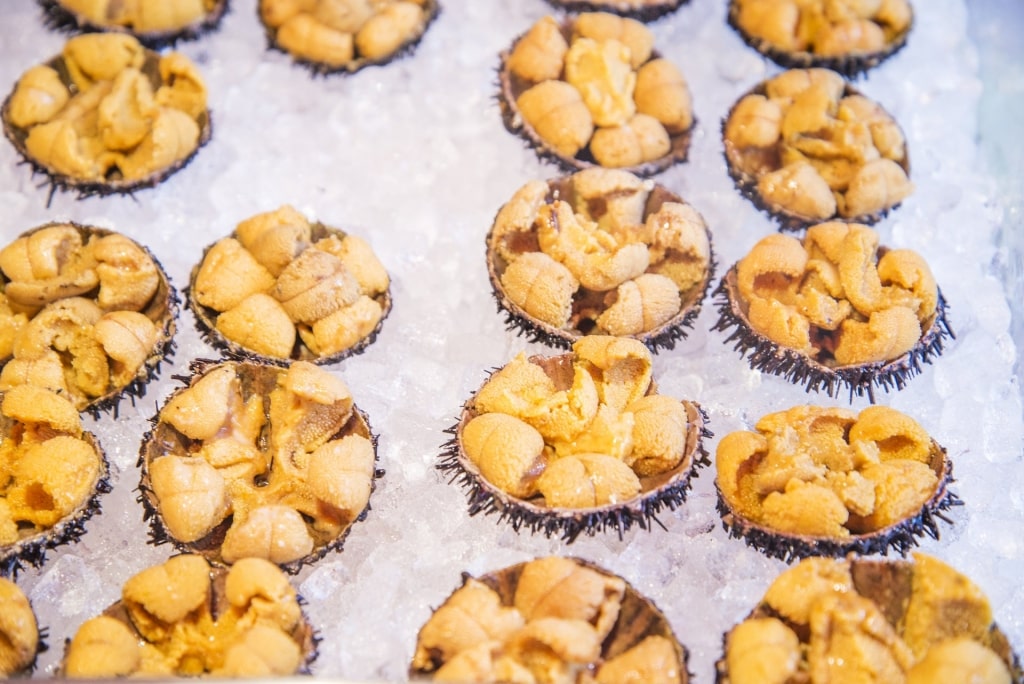
Hakodate Morning Market, Hakodate
In Hakodate, go to the Hakodate Morning Market, where, in addition to more than 20 restaurants and a spot where you can try fishing for squid, the market has hundreds of food, produce, and seafood vendors.
Both locals and tourists alike shop here and you’ll be able to buy all kinds of dried items, including obscure ingredients like dried sea urchin and sea cucumber. Just be sure to get there early as the market closes around noon each day.
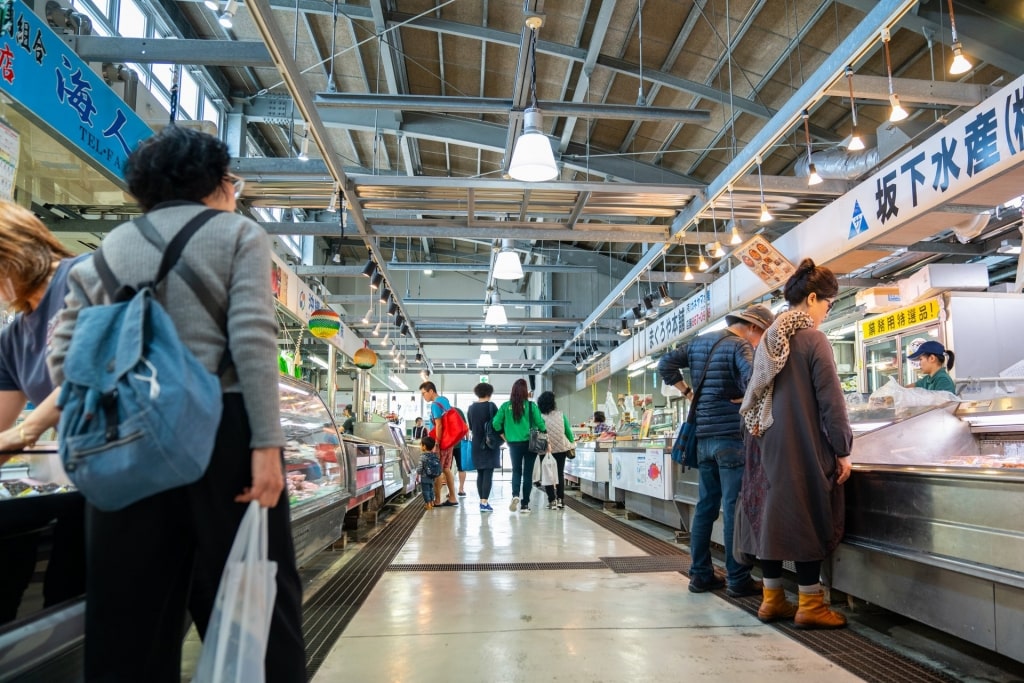
Market in Japan
Whether you’re looking for a set of chopsticks or plan on buying a one-of-a-kind ceramic piece for your home, you’re likely to find plenty of items you love while visiting Japan.
Pick up the best souvenirs from multiple cities on one of our cruises to Japan. Browse itineraries on our website and book an incredible vacation today.
